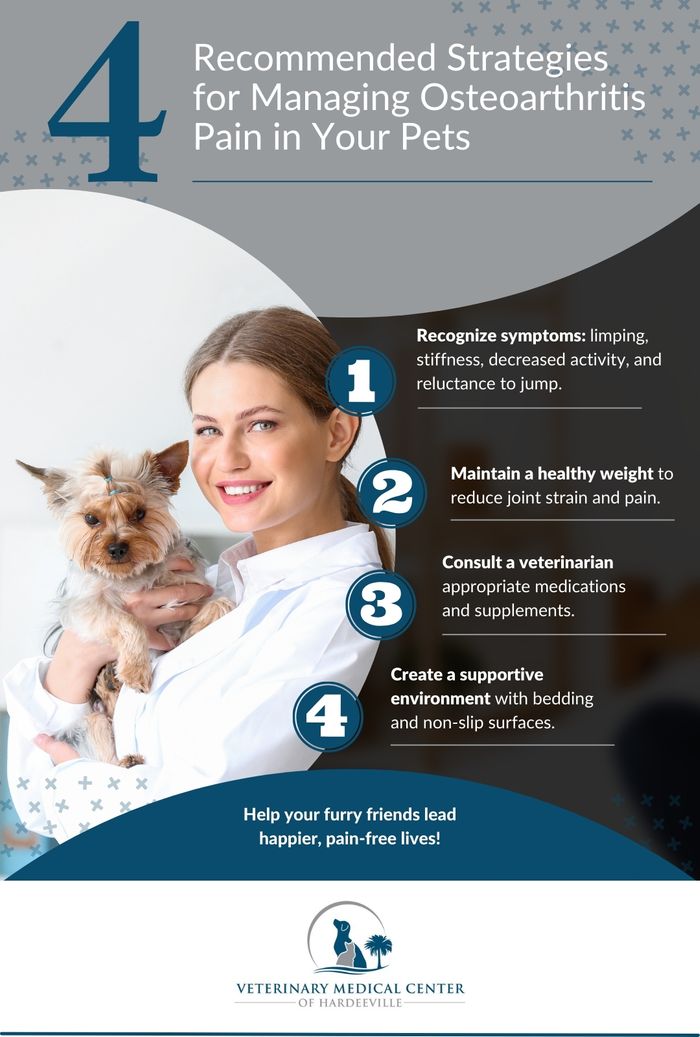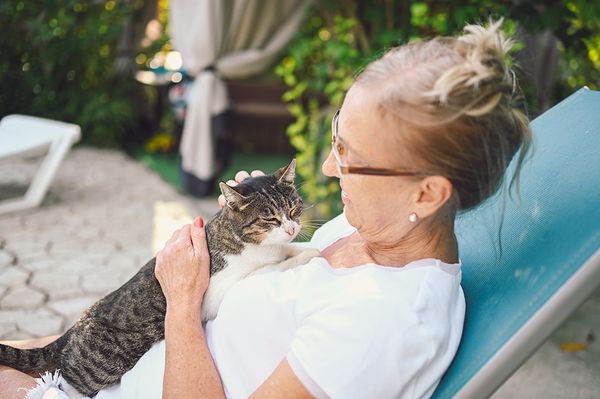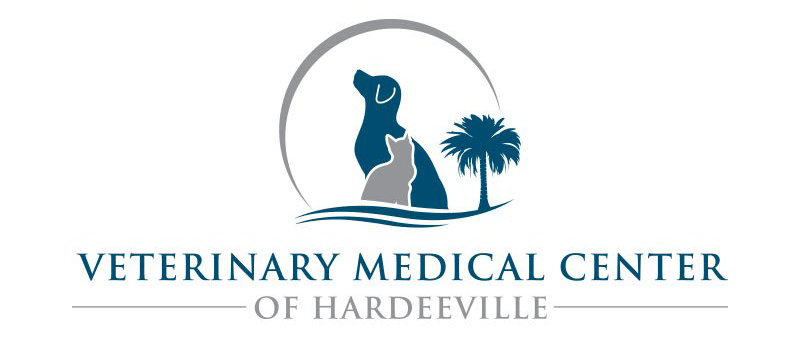Osteoarthritis (OA) is a common yet painful condition affecting many dogs and cats, especially as they age. It occurs when the cartilage cushioning the joints wears down, leading to inflammation, pain, and decreased mobility. By understanding effective pain management strategies, pet owners can help their beloved companions live more comfortable lives. Here are key guidelines to consider.
Osteoarthritis Pain Management Guidelines for Dogs & Cats
Osteoarthritis Pain Management Guidelines for Dogs & Cats


Recognize the Symptoms
Identifying the signs of osteoarthritis is crucial for timely intervention. Common symptoms in pets include limping, stiffness after rest, decreased activity levels, difficulty climbing stairs, or reluctance to jump. If you notice these changes, it is essential to consult with your veterinarian for an accurate diagnosis and a tailored treatment plan.

Weight Management
Maintaining a healthy weight is vital for pets suffering from osteoarthritis. Excess weight puts additional strain on joints, worsening the condition and increasing pain. A balanced diet and tailored exercise plan can help your pet achieve and maintain a healthy weight, ultimately reducing the pressure on joints and improving their overall quality of life.

Medications and Supplements
Veterinary guidance can help determine the best medications or supplements for managing pain and inflammation. Non-steroidal anti-inflammatory drugs (NSAIDs), joint supplements (like glucosamine and chondroitin), and newer medications such as specific anti-inflammatories may be prescribed to provide relief. Always follow your veterinarian’s dosage recommendations and discuss any concerns about side effects.

Environmental Modifications
Creating a pet-friendly environment can significantly enhance comfort for arthritic pets. Provide supportive bedding, non-slip surfaces, and ramps or assistive devices to help them navigate their surroundings. Regularly scheduled low-impact exercises, like swimming or short walks, can also help maintain joint mobility without overexerting them.
Contact Us Today
Managing osteoarthritis requires a combination of strategies tailored to your pet's specific needs. By recognizing symptoms early, ensuring a healthy weight, consulting on medications, and modifying the environment, you can substantially improve your pet's quality of life. If you suspect your pet is suffering from osteoarthritis, don’t hesitate to contact the Veterinary Medical Center of Hardeeville for a comprehensive evaluation and personalized treatment plan. Your furry friend deserves a pain-free life!
